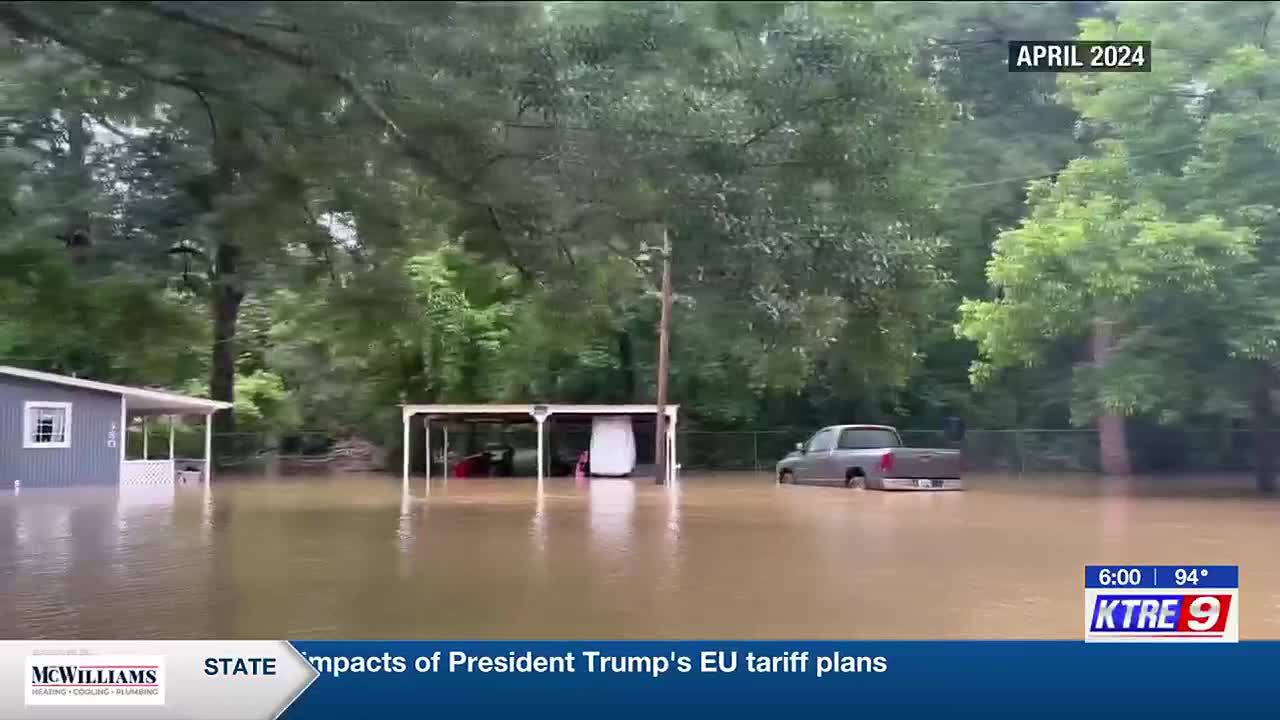Understanding the Available Assistance Programs
Severe storms that hit in April 2024 and Tropical Storm Beryl in July 2024 have left many residents in Texas struggling to recover. These events were officially recognized as federally declared disasters, opening up new funding opportunities for those affected. The Texas General Land Office has been working to provide support through various programs designed to help homeowners with repairs, reconstruction, and reimbursement of out-of-pocket expenses.
Brittany Eck, the communication director for disasters at the Texas General Land Office, explained that the assistance is tailored for individuals who experienced damage to their primary residence. She emphasized that these programs are intended to help families not only rebuild but also regain stability after a disaster.
Funding Breakdown: Two Key Programs
The Texas General Land Office received a significant amount of funding from the U.S. Department of Housing and Urban Development—$287,200,000 in total. This money is divided into two main programs:
-
Homeowner Assistance Program (HAP): This program has a budget of $244,100,000. It focuses on helping homeowners reconstruct or repair their homes to meet their family’s needs. The goal is to ensure that residents can return to safe and habitable living conditions.
-
Homeowner Reimbursement Program (HRP): With $43,100,000 allocated, this program is aimed at those who spent money out of pocket on home repairs. If you paid for some of the necessary work yourself, this program may be able to reimburse part of those costs.
Eck noted that the HAP has been in place longer than the HRP. The reimbursement program was established following Hurricane Harvey, and it helped approximately 9,000 families at that time. Many of those families faced financial hardship due to the high cost of repairs, leading to significant debt.
Eligibility and Important Considerations
The assistance programs are available to residents in 27 counties across East Texas, including Trinity, Polk, Tyler, Jasper, Smith, Henderson, and Anderson. However, there are specific eligibility requirements. For example, if your insurance covered all of your repair costs, you may not qualify for assistance. Additionally, any FEMA aid you receive will be subtracted from the amount awarded by these programs.
Recovery efforts can vary in duration, taking anywhere from weeks to years depending on the extent of the damage and the availability of resources. The programs operate on a first-come, first-served basis, which means it’s important to apply as soon as possible to secure the support you need.
Why This Assistance Matters
After a disaster, the emotional and financial toll on families can be overwhelming. Eck highlighted the importance of these programs in helping people get back on their feet. “These are funding that is really vital after a disaster to help folks not only recover but to get on with their lives,” she said.
For homeowners facing the daunting task of repairing or rebuilding their homes, these programs offer a lifeline. Whether through direct assistance or reimbursement, the goal is to ease the burden and provide a path toward recovery.
If you or someone you know has been affected by recent storms, it’s crucial to explore these options and reach out to the Texas General Land Office for more information. Taking advantage of these resources can make a significant difference in the recovery process.







